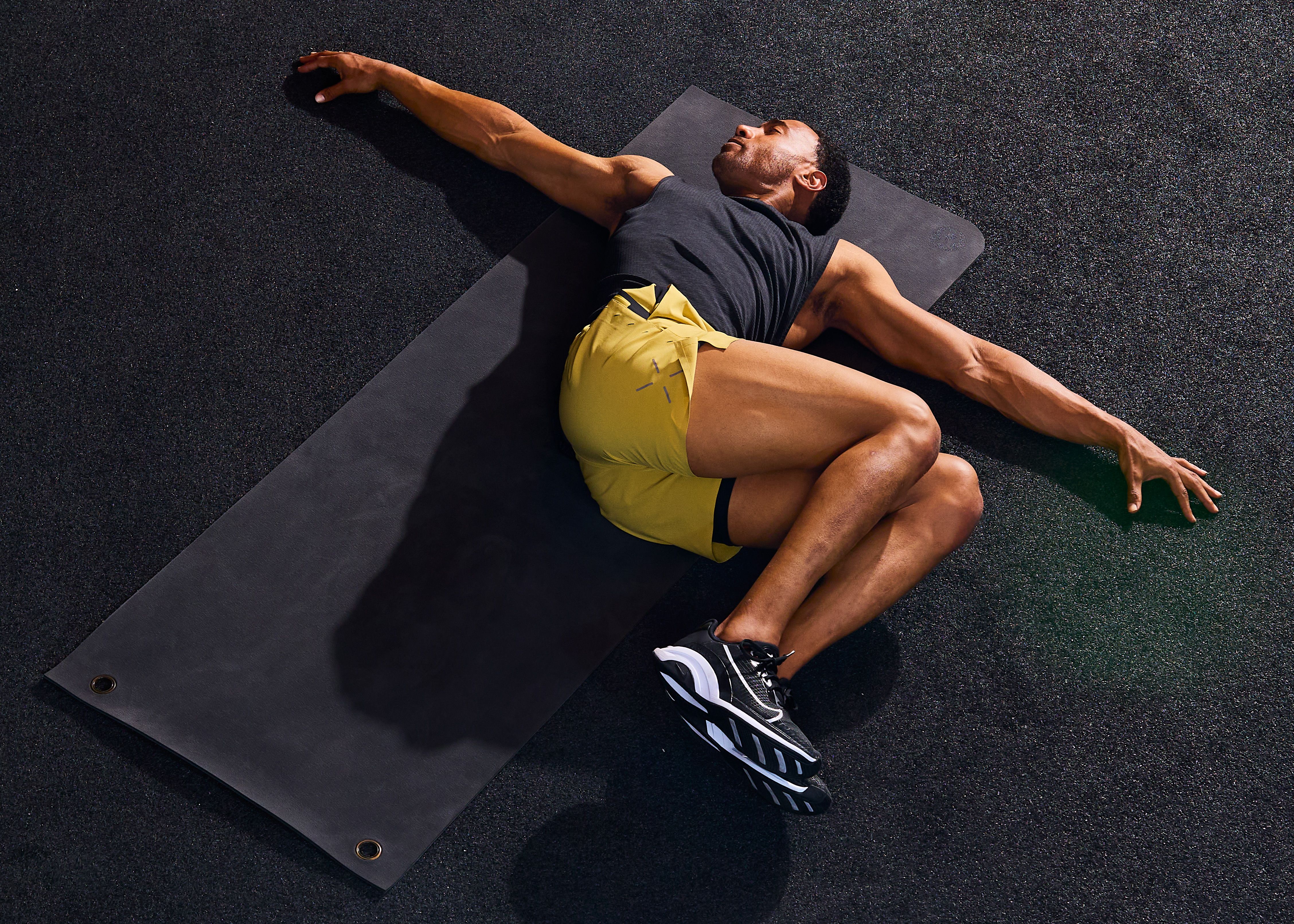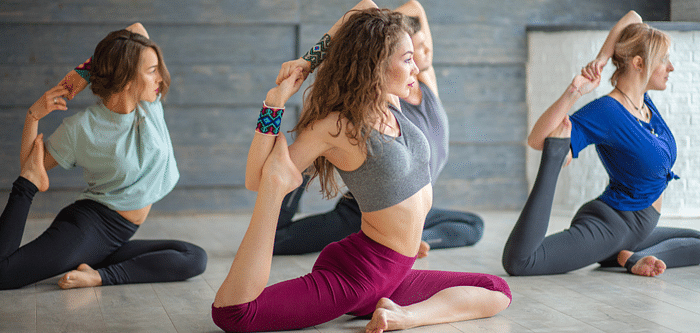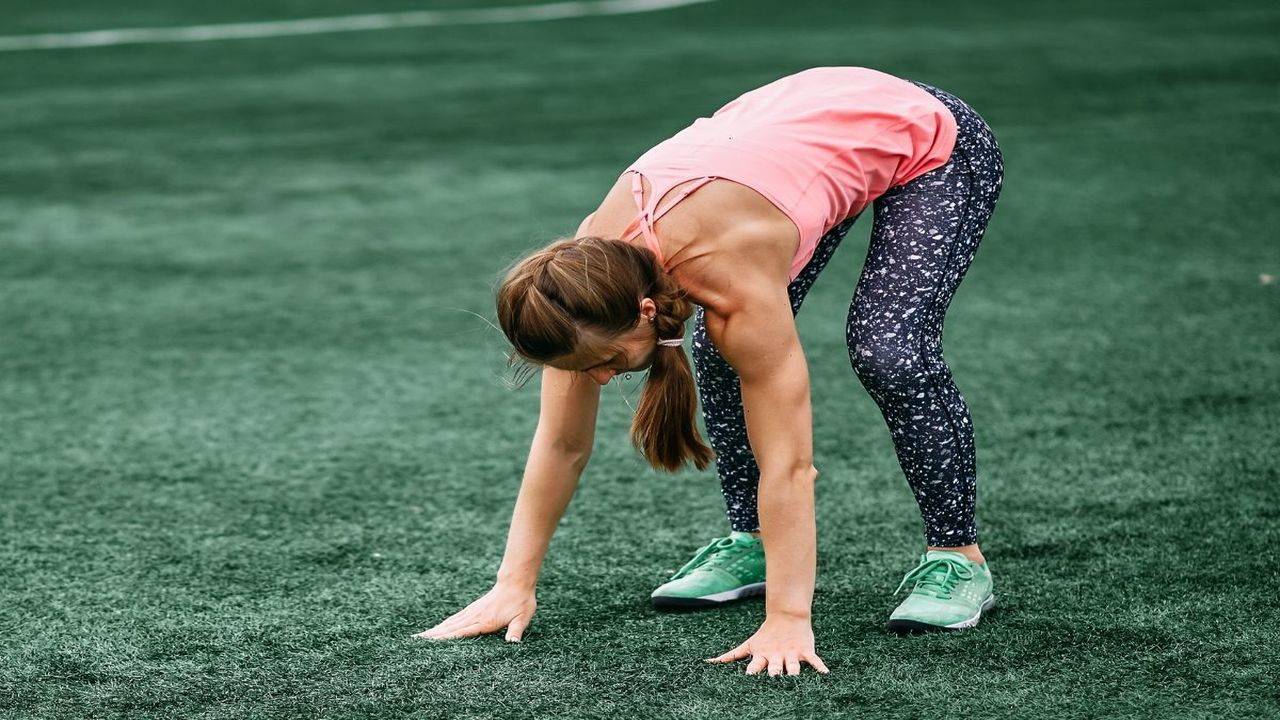If you’re tired of doing crunches and planks without seeing much improvement in your core strength, it might be time to switch things up — literally. Enter rotational training, a powerful and often overlooked way to fire up your entire midsection and build functional strength that translates to everyday life, sports, and even posture.
Your core isn’t just your abs. It’s a deep, interconnected system of muscles that support your spine, help you twist, turn, bend, and stabilize your entire body. Rotational movements tap into this system in a more dynamic way than static holds or up-and-down crunches.
Whether you’re an athlete, weekend warrior, or just want a tighter waistline, rotational core training delivers the goods. In this guide, we’ll break down 6 highly effective rotational moves that’ll take your core strength to the next level.
Let’s dig in.
What Is Rotational Training?
Rotational training involves movements where your body twists through the spine or hips. Think of swinging a baseball bat, throwing a punch, or even reaching to grab something from the back seat of your car. These actions all involve core rotation.
Most core workouts focus on flexion (like sit-ups) or stabilization (like planks). But rotation is one of the most natural movements your core performs in real life, and training it helps build not only strength, but balance, coordination, and injury resistance.
Why Rotational Core Workouts Matter
Your body moves in three planes: sagittal (forward/back), frontal (side to side), and transverse (rotational). Most people train the first two but completely skip the transverse plane. That’s a mistake.
Here’s why training core rotation is essential:
- Improves Athletic Performance: Golf, tennis, baseball, boxing — all rely heavily on core rotation.
- Strengthens Obliques: These side abs play a key role in waist definition and trunk stability.
- Reduces Injury Risk: Rotational strength helps protect your lower back and spine during sudden twists.
- Improves Daily Function: Whether you’re turning to reach something or pivoting while walking, your core’s ability to rotate matters.
6 Best Rotational Core Exercises for Strength and Stability
These exercises don’t require fancy equipment. Some use just your body weight, others involve a med ball, cable, or dumbbell. You can do them at home or in the gym. All target your obliques, lower back, hips, and abs.
1. Russian Twists
Muscles Worked: Obliques, rectus abdominis, transverse abdominis
How To Do It:
- Sit on the floor with knees bent, heels lifted slightly.
- Lean back slightly, keeping your back straight.
- Hold a weight or medicine ball with both hands.
- Twist your torso side to side, tapping the weight near your hip each time.
Pro Tip: Keep your chest lifted and core tight throughout. Don’t rush — focus on controlled, deep twists.
2. Cable Woodchoppers
Muscles Worked: Obliques, lats, shoulders
How To Do It:
- Set a cable at shoulder height.
- Stand sideways to the machine with feet shoulder-width apart.
- Grab the handle with both hands.
- Pull the cable across your body in a diagonal motion, from high to low.
- Control the return slowly.
Pro Tip: Keep your arms straight but not locked. Let your hips and core rotate together — don’t isolate just the arms.
3. Standing Dumbbell Rotational Press
Muscles Worked: Obliques, shoulders, glutes
How To Do It:
- Hold a dumbbell at chest height.
- Stand with feet hip-width apart.
- Rotate your torso to the left while pressing the dumbbell overhead.
- Return to center and repeat on the other side.
Pro Tip: This move mimics a throwing motion and teaches your body to rotate and extend powerfully — just like in sports.
4. Medicine Ball Rotational Slams
Muscles Worked: Entire core, especially obliques and lower back
How To Do It:
- Grab a soft medicine ball.
- Stand with feet slightly wider than hips.
- Raise the ball overhead, then slam it down to one side of your body, twisting through your torso.
- Catch it on the bounce or pick it up and repeat on the opposite side.
Pro Tip: Engage your hips and legs too. This is a full-body movement, not just an arm workout.
5. Landmine Twists (aka Landmine 180s)
Muscles Worked: Obliques, shoulders, upper abs
How To Do It:
- Wedge a barbell into a landmine attachment or corner.
- Stand facing the end of the barbell, holding it with both hands.
- Rotate the barbell in an arc from one side to the other, keeping your arms extended.
Pro Tip: Keep your feet planted and allow your hips to pivot. Control the movement — don’t swing wildly.
6. Rotational Plank with Reach-Through
Muscles Worked: Core stabilizers, obliques, shoulders
How To Do It:
- Start in a side plank on your right elbow.
- Extend your left arm up toward the ceiling.
- Slowly rotate and reach that arm underneath your body, following with your eyes.
- Return to the starting position and repeat before switching sides.
Pro Tip: Move with intention. Slow, controlled rotations will light up your deep core muscles more than fast, jerky motions.
How to Program Rotational Core Workouts
To get the most out of these movements, you can either mix a few of them into your regular workout or dedicate a specific core day to them.
Here’s a sample rotational core circuit you can do 2–3 times a week:
Rotational Core Circuit (3 rounds total):
- Russian Twists – 20 reps (10 each side)
- Cable Woodchoppers – 12 reps each side
- Dumbbell Rotational Press – 10 reps each side
- Med Ball Slams – 8 reps each side
- Landmine Twists – 12 reps total
- Rotational Plank Reach – 8 reps each side
Rest 30–45 seconds between exercises. 1–2 minutes between rounds.
Common Mistakes to Avoid
- Using momentum instead of muscle: Slow down and let your core do the work.
- Neglecting breathing: Exhale during the twist to activate deep core muscles.
- Isolating arms instead of rotating through the trunk: Let your torso guide the movement.
Final Thoughts
Rotational training isn’t just a fitness trend — it’s a smart, effective, and functional way to build a rock-solid core. These exercises challenge your balance, stability, and coordination while strengthening your obliques and spine-supporting muscles.
Plus, they’re fun. Swinging, slamming, twisting — it’s a lot more engaging than holding a plank for two minutes straight.
So, if your goal is a strong, resilient core that performs in the real world — not just looks good on the beach — start adding these rotational moves to your workouts.
Twist your way to strength. You’ll feel the difference. And you’ll never look at crunches the same again.










